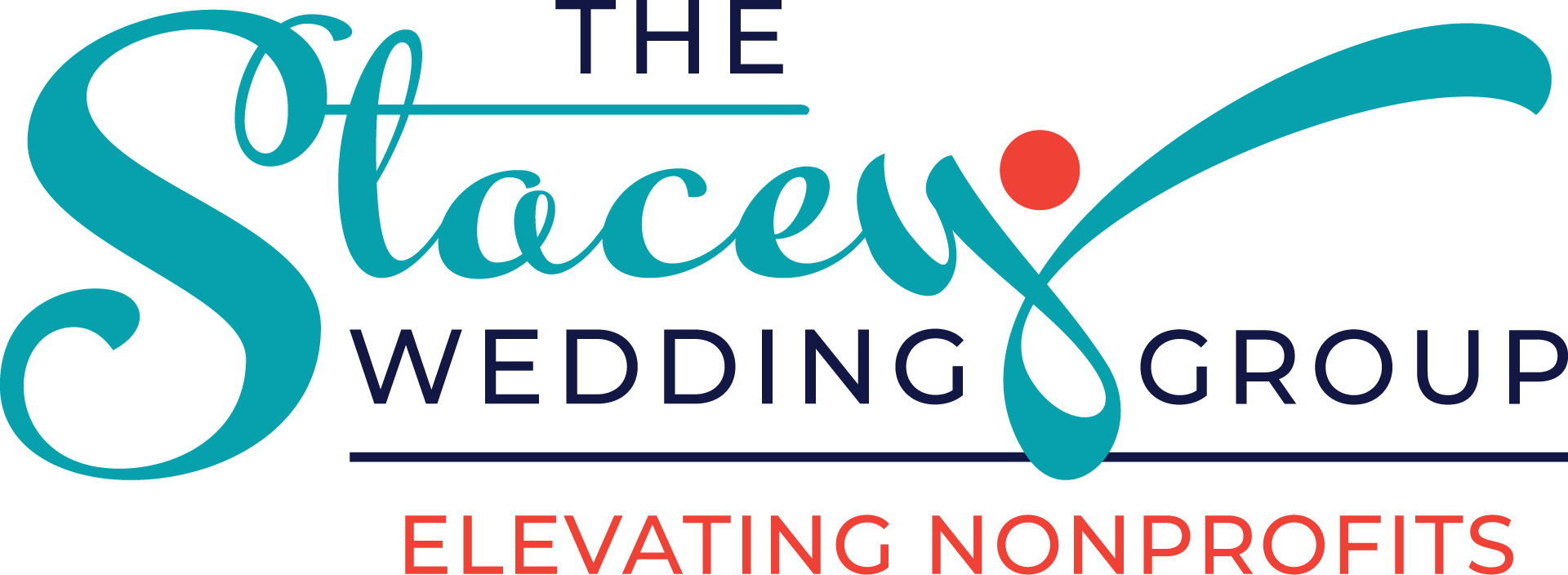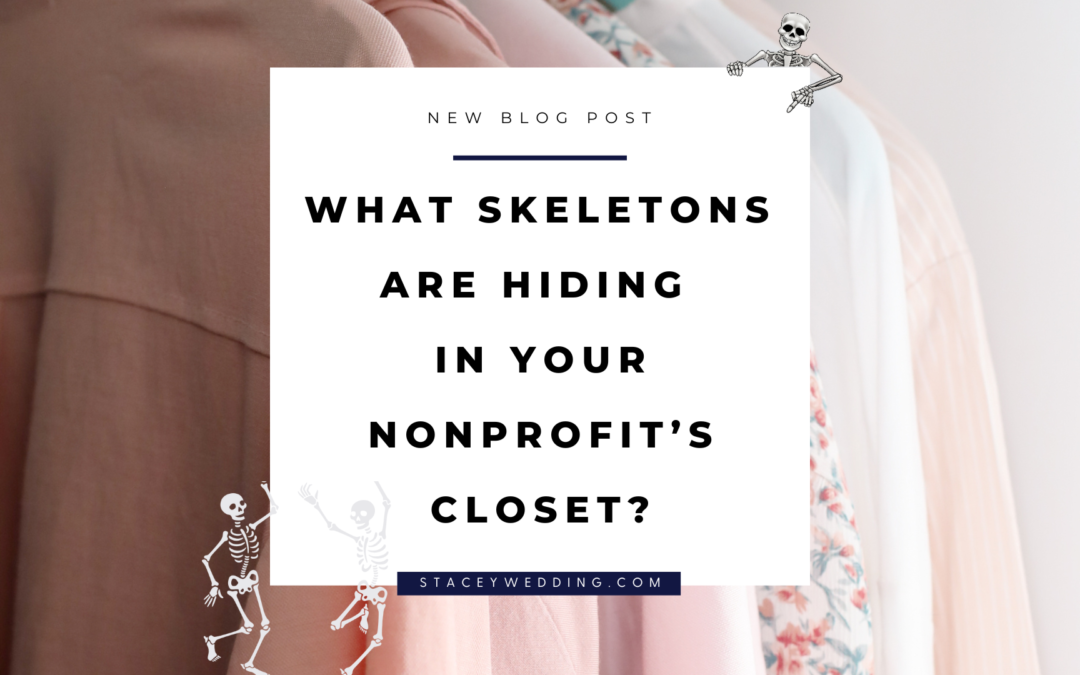As Halloween approaches, it’s the perfect time to talk about skeletons in the closet – not the spooky, supernatural kind, but the hidden issues lurking within nonprofit organizations. Just like in a haunted house, these hidden problems can cause serious nightmares if left unaddressed.
Having worked with nonprofits of all sizes over the years, below are some of the more general “skeletons” I’ve seen.
1. Financial Ghosts: Often financial management doesn’t stem from an intentional act of malfeasance but rather a lack of awareness, understanding, or knowledge about financial tracking, record keeping, and reporting. When foundational elements of an organization aren’t strong, everything else is at risk of crumbling, often with donor trust being at the top of that list.
2. Boardroom Phantoms: More nonprofits than I’d like to admit have inactive or disengaged board members. Bottom line– an ineffective board hinders organizational growth and impact. Hoping the problem corrects itself is not a strategy and will only lead to more skeletons lurking.
3. Ethical Ghouls: Sometimes nonprofits compromise their values in the pursuit of funding or popularity. These ethical dilemmas, if ignored, can tarnish the organization’s reputation and lead to mission creep as well. As tempting as it can be to chase the funding, nonprofits are better served long term by adhering to core values and ethics, which may mean passing on appealing opportunities.
4. Scary Stories of Miscommunication: Organizations of all shapes, sizes, and types seem to struggle with internal communication. Nonprofits are no different, particularly given the multiple hats people wear and variety of stakeholders served. Poor internal communication leads to misunderstandings, conflicts, and over time, negative impacts on organizational culture. Open channels of communication are vital for a healthy work environment and productive teamwork.
5. Outdated Mummies: Many nonprofits are resource starved, which leads to a reluctant acceptance of “hand me downs” and outdated technologies or methods. Ignoring the need for innovation ultimately hinders growth and efficiency. Embracing new technologies and approaches can help nonprofits thrive in a rapidly changing world.
We all have skeletons—in our personal and professional closets—and what we choose to do with them makes a difference. Bringing them out in the open is often the first step. By providing a safe, non-judgmental/non-accusatory environment (no finger pointing allowed!) to discuss why they exist and what needs to be done to remove them, we prevent them from festering and causing long-term damage.
Addressing your skeletons also signifies a commitment to continuous improvement, a vital component of long-term sustainability. If you escaped to Tahiti tomorrow, what skeletons would be in your organizational closet? What skeletons would embarrass you if they became exposed? Whatever those are, address them today.
Just as we face our fears during Halloween, nonprofits have the opportunity to summon the courage to confront their organizational skeletons year-round. By doing so, they can ensure their missions remain strong, their reputations untarnished, and their impact enduring.
Don’t let these ghosts of the past haunt your nonprofit’s future!
Hat tip to your success,
P.S. Do you want to get updates on our most recent blogs and other free resources we offer? Sign up here for our bi-monthly e-newsletter, The SWGazette.

